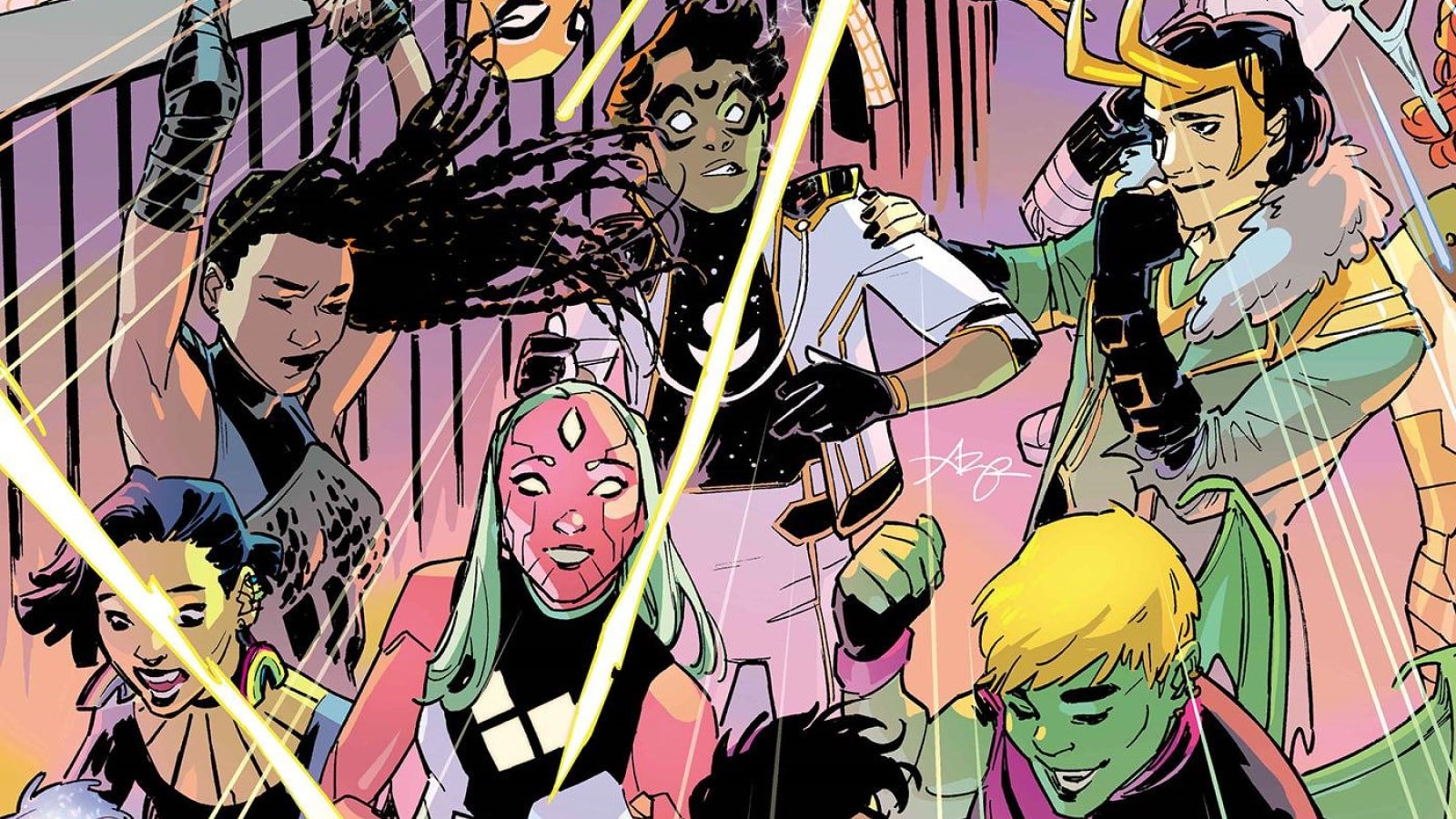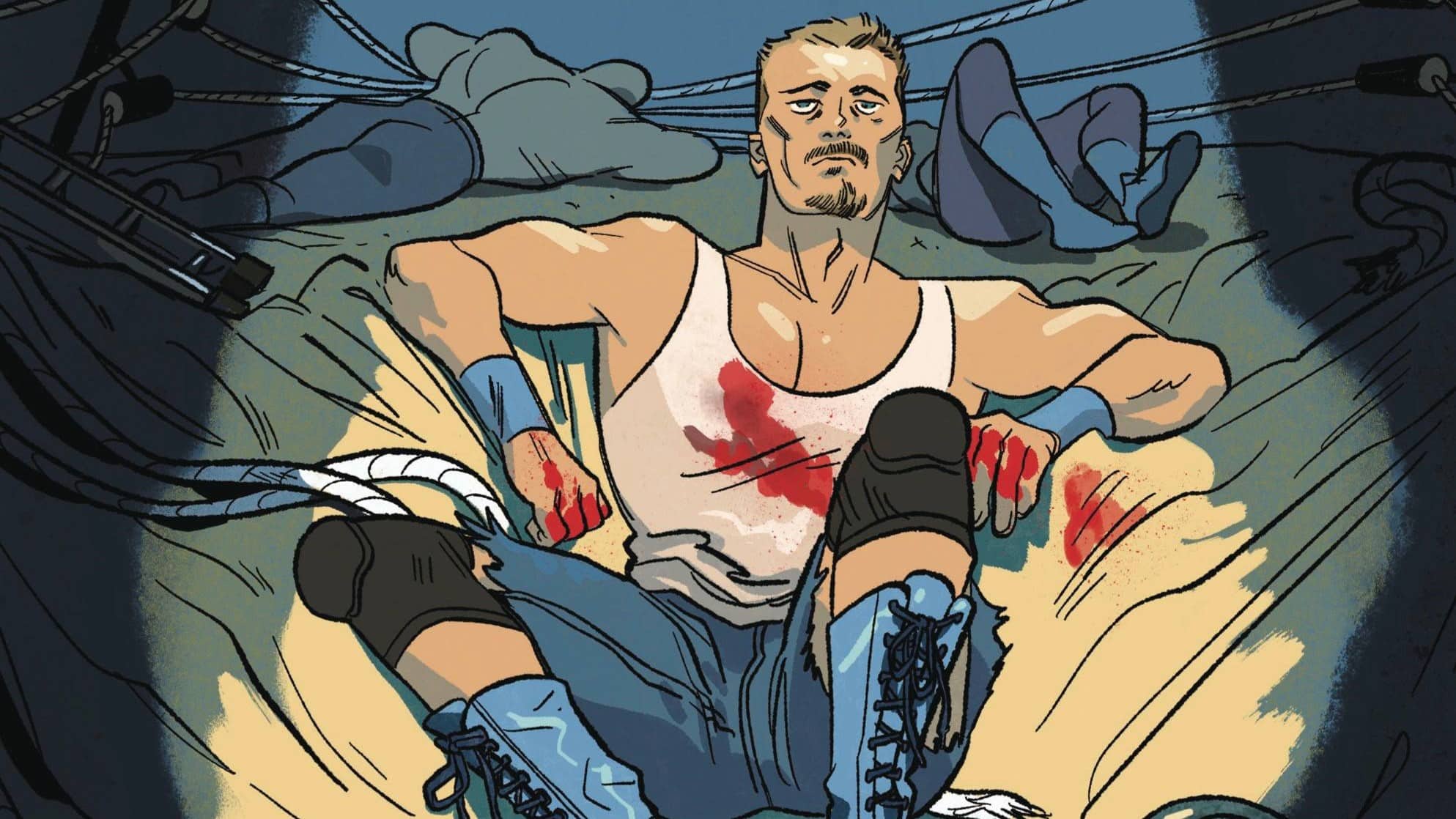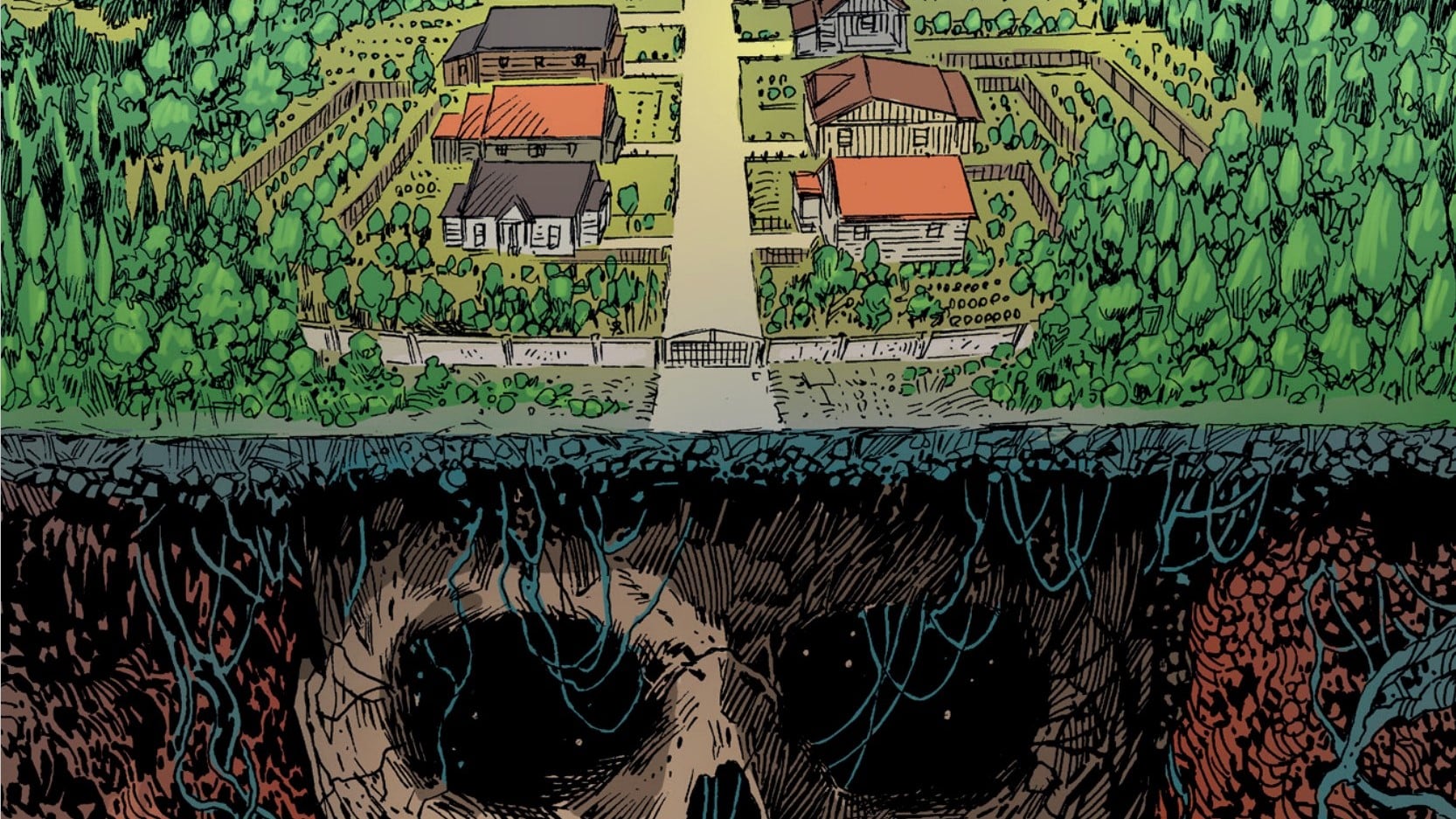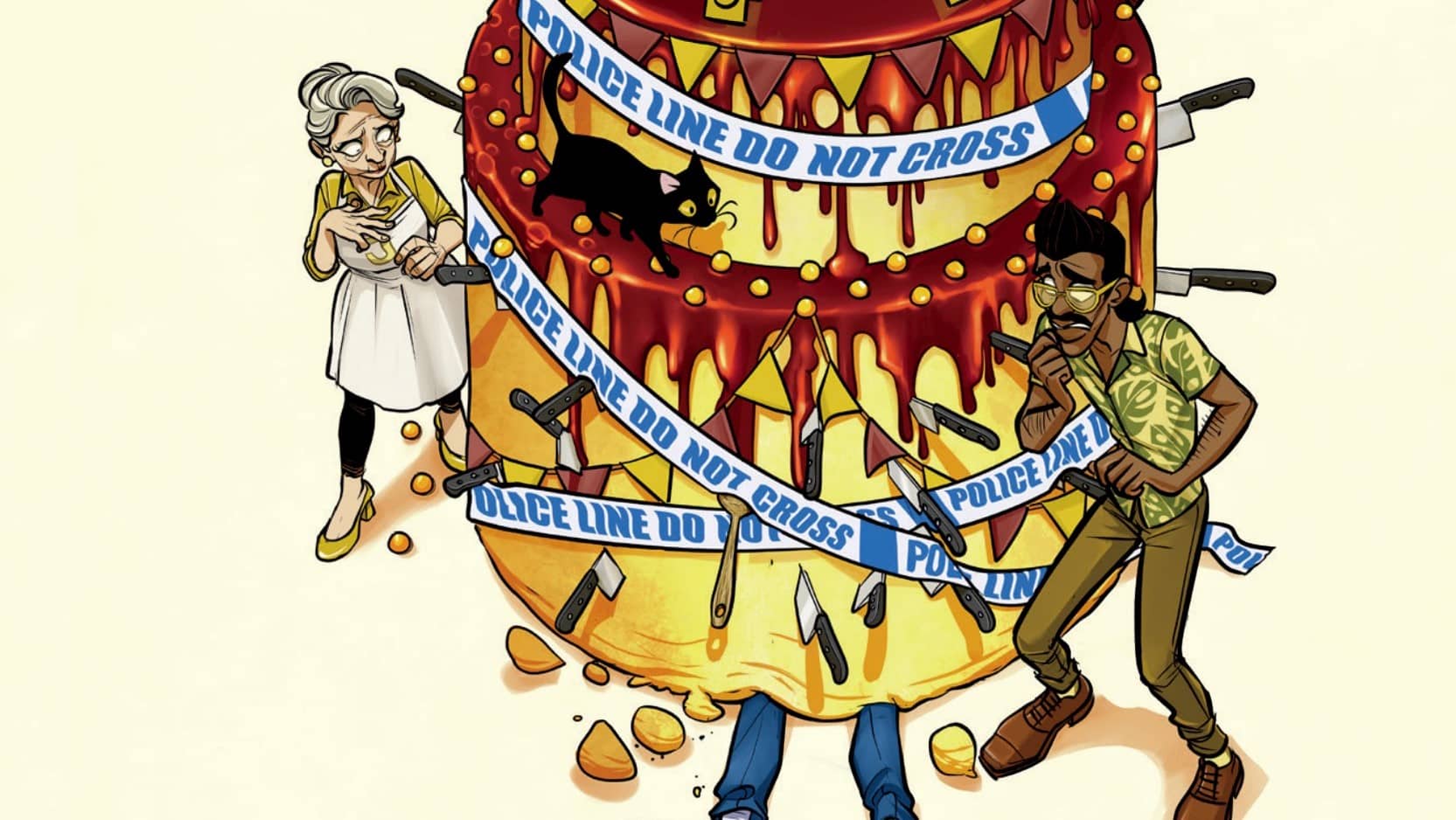Teenage Mutant Ninja Turtles #106
Story: Sophie Campell, Script/Colors: Ronda Pattison, Art: Nelson Daniel, Letters: Shawn Lee, Story Consulting: Kevin Eastman & Tom Waltz, Publisher: IDW

Sometimes even your shots in the arm need a shot in the arm. When IDW relaunched the Teenage Mutant Ninja Turtles franchise nine years ago under the guidance of co-creator Kevin Eastman and new co-writer Tom Waltz, it was a revelation for fans of a series that had more often felt like the ancillary spin-off of a movie and action figure line than vice versa. Taking the original comic concept at face value while never working too hard to treat itself with excessive seriousness, the revived TMNT curated the high points of three decades of prior continuity to create a story that felt anchored to the past without being beholden to it. Most importantly, for the first time in recent memory, Eastman, Waltz and co. focused the series on a central theme of family, loyalty and the bonds that hold clan and friendship together. Pretty heady stuff for action figures.
But nothing gold can stay, and while the quality of the series remained remarkably consistent over an astonishing 99 issues, it would be fair to say a certain enthusiasm had begun to wane by the close of the prior era. The cataclysmic events of the “City at War” storyline provided both a culmination of every plot thread the creative teams had built over the past decade, as well as a chance to start over with a joltingly unfamiliar status quo: Not only was Splinter, the Turtles’ father and mentor, dead, but a mutagenic agent had been released in Lower Manhattan, transforming a section of the city’s human residents into animal-hybrid mutants.
Enter writer and artist Sophie Campbell, whose run enters its sixth issue with this week’s Teenage Mutant Ninja Turtles #106, which finds the core cast still trying to make sense of a very different kind of life and purpose. Campbell’s run began by breaking up the core group in the wake of their tragedy, with each member reacting to the trauma of their father’s death in their own characteristic way. For Leonardo, that meant absolving himself of the burden of leadership for the first time, stepping back into quieter pursuits; for Raphael, seeking escape through the release of violence; for Michelangelo, retreating into denial and comfort; for Donatello, reflectively trying to reunite the family closeness he once had and feared he could never find again. Only Jennika, recently mutated herself, seemed to have found a new path forward, discovering new structure and a new role as the protector of the embattled mutant community.

Thus, as the current issue picks up, we find the group having reunited as stewards and custodians of a dojo to the young and lost refugees of the mutant neighborhood, and many of the comic’s most charming scenes watch the team growing awkwardly into their new responsibility of parents after so long as perpetual children. “Father used to say training is everything,” Leonardo laments, “But how do I train the ones who won’t listen, or just want to hit each other?” The Turtles, for the first time, are growing up, and it opens the door for a new cast of young characters, an area of visual and character designs where Campbell especially excels.
All of this gives the new run a remarkably different tone from its predecessor. It’s not lighter, exactly, circling as it does around the pain and uncertainty left by the death of a loved one and the loss of old lives. But whereas Eastman and Waltz overlaid their clan dynamics with labyrinthine plots of ninjas and conspiracies, the focus here is on the internal state of the characters. The action scenes no longer feel like the meat of the comic so much as jarring interruptions from the quiet moments of everyday life that surround them. In this new world, the heroism of the characters is no longer expressed through combat, but by transforming pain into compassion and discipline.
It’s a change that is reflected, as well, in the series’ visual style, which makes a distinct contrast to the heavy shading and scratchy lines of previous artist Dave Wachter. Nelson Daniel, filling in this issue while doing an impressive matching of Campbell’s style, uses lines that are bold and clean, with a cartoon influence well-suited to portraying emotional expression on a range of non-anthropoid faces, and colorist Ronda Pattison (who also contributed the dialogue to Campbell’s plot) has brightened her palette accordingly. In many ways, both in appearance and content, this is a true all-ages comic: one that never condescends to readers, even as it deliberately opens a door to younger audiences.

The theme of this week’s issue concerns not only the Turtles themselves, but their relationship to the city, as the book’s focus expands from a nuclear family to the community writ large. Mutant children are disappearing from the streets, and when young Lita warns her teachers that it is the work of the monstrous Slithery, the Turtles are forced to decide how seriously to take the claims. It’s a story about trust between teachers and the children who depend on them, and about whether victims (or witnesses to those who are victimized) can be believed when they speak up. And ultimately, it’s about the destructive potential, emotionally and physically, when that belief is denied.
All of this takes place amid the political context of the mutagenic zone in New York, which has been cordoned off by Mayor Baxter Stockman for reasons that are as yet uncertain but clearly more than they seem. It almost goes without saying that this entire plot thread has been thrust into unanticipated political relevance on at least two different levels. The first, of course, is the notion of how the city responds to an unwanted contagion, and how that response can quickly turn to demonization and violence under the guise of compassion.
Beyond that, however, is what a certain other publisher might dub the mutant metaphor. Mutation has always functioned as an allegory in comics, and here, much more than in the prior era, Campbell is allowing it to bring forward questions of body transformation, and the alarm and panic it inspires among those on the outside of it. For politicians like Stockman, the radical change undergone by familiar New Yorkers represents a threat, and therefore something to be feared, and the easiest way to combat that fear is to cut them off entirely, leaving the residents of the mutant zone to fend for themselves without support or aid. And yet, as we have seen over the first arc of this run, the mutants’ own response to that exile has been to build a new community from the ashes of the old; turning tragedy into something hopeful and productive, just as the Turtles have done for themselves. Even more than the story itself, these themes are what make this series appointment reading each month. It’s good to have these siblings, and this creator, back again.
" data-author-type="
Warning: Undefined array key "type" in /home4/xavierf2/public_html/wp-content/plugins/molongui-authorship/views/author-box/html-layout.php on line 18
" data-author-archived="
Warning: Undefined array key "archived" in /home4/xavierf2/public_html/wp-content/plugins/molongui-authorship/views/author-box/html-layout.php on line 19
">
Warning: Undefined array key "id" in /home4/xavierf2/public_html/wp-content/plugins/molongui-authorship/views/author-box/html-layout.php on line 39
-"
Warning: Undefined array key "archive" in /home4/xavierf2/public_html/wp-content/plugins/molongui-authorship/views/author-box/html-layout.php on line 40
itemscope itemid="" itemtype="https://schema.org/Person" >
Warning: Undefined array key "img" in /home4/xavierf2/public_html/wp-content/plugins/molongui-authorship/views/author-box/parts/html-avatar.php on line 4
Warning: Undefined array key "show_social_web" in /home4/xavierf2/public_html/wp-content/plugins/molongui-authorship/views/author-box/parts/html-socialmedia.php on line 6
Warning: Undefined array key "show_social_mail" in /home4/xavierf2/public_html/wp-content/plugins/molongui-authorship/views/author-box/parts/html-socialmedia.php on line 7
Warning: Undefined array key "show_social_phone" in /home4/xavierf2/public_html/wp-content/plugins/molongui-authorship/views/author-box/parts/html-socialmedia.php on line 8
Warning: Undefined array key "type" in /home4/xavierf2/public_html/wp-content/plugins/molongui-authorship/views/author-box/parts/html-name.php on line 17
Warning: Undefined array key "type" in /home4/xavierf2/public_html/wp-content/plugins/molongui-authorship/views/author-box/parts/html-name.php on line 19
Warning: Undefined array key "type" in /home4/xavierf2/public_html/wp-content/plugins/molongui-authorship/views/author-box/parts/html-name.php on line 21
Warning: Undefined array key "archive" in /home4/xavierf2/public_html/wp-content/plugins/molongui-authorship/views/author-box/parts/html-name.php on line 37
Warning: Undefined array key "name" in /home4/xavierf2/public_html/wp-content/plugins/molongui-authorship/views/author-box/parts/html-name.php on line 41
Warning: Undefined array key "bio" in /home4/xavierf2/public_html/wp-content/plugins/molongui-authorship/views/author-box/parts/html-bio.php on line 8





